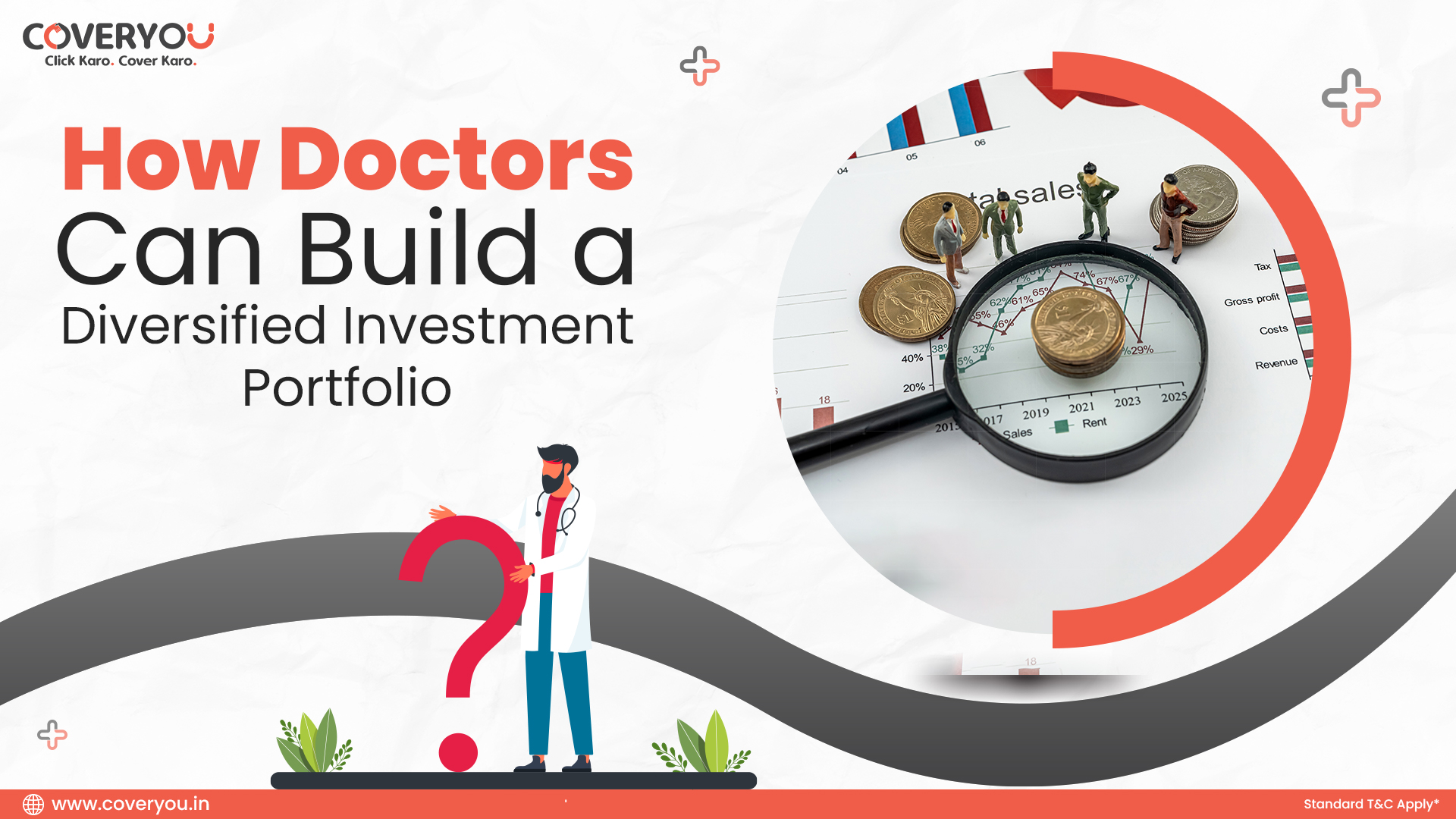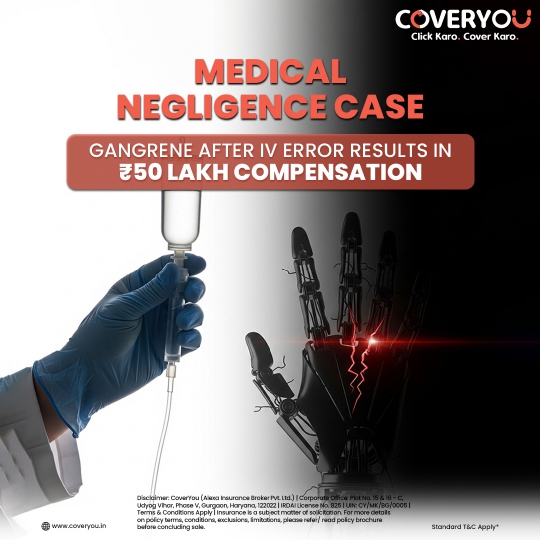Doctors dedicate years to studying medicine, yet when it comes to diversifying their investment portfolio, most are at a loss. With high earnings, hectic schedules, and financial uncertainties, smart investing is crucial to the long-term building of wealth and financial well-being. Simply relying on savings is not sufficient. Diversification guarantees consistent growth, passive income, and risk protection.
Here’s how doctors can diversify their investments and protect their financial future:
-
Stocks and Mutual Funds:
Stocks and mutual funds play a key role in long-term wealth building. By investing in a diversified stock portfolio, doctors can earn market appreciation and compound interest. Blue-chip stocks provide stability, and index funds and ETFs provide broad market exposure with minimal risk. Mutual funds are professionally managed, so they are an excellent choice for those who do not have time to engage in active trading. Nonetheless, it is also important to carry out research and shun risky trading methods that may result in financial loss.
-
Real Estate:
Real estate is an excellent means of creating passive income and long-term wealth. Investing in rental properties like clinics, apartments, or commercial buildings can generate a consistent income stream while appreciating in value over time. For those who do not wish to deal with the hassle of property management, Real Estate Investment Trusts (REITs) provide a hands-off solution, enabling investors to receive regular returns from real estate markets. Yet, physicians need to be careful not to over-leverage loans since obtaining too much debt can amount to a financial burden.
-
Fixed Income:
Fixed-income investments are necessary for risk balancing and stable returns. Government and corporate bonds are low-risk investments that provide steady income, and they are a great option for conservative investors. Fixed deposits (FDs) and the Public Provident Fund (PPF) are safe savings vehicles that provide guaranteed returns and tax relief. Though these investments are sources of financial security, physicians must not invest all their money in low-yielding instruments that cannot keep up with inflation.
-
Alternative Investments:
Alternative investments diversify a portfolio outside of traditional asset classes. Gold and silver are generally regarded as safe-haven assets, shielding against inflation and economic decline. Startup and angel investing can be extremely lucrative but involve great risk, so it is important to invest only after extensive due diligence. Cryptocurrency is a potential high-growth asset class, but its volatility suggests that it is best to use only a minor fraction of an investment portfolio to hold digital assets. Being familiar with the risk and reward factors is crucial for making good alternative investment decisions.
-
Insurance:
Doctors have special financial exposures, so insurance is an essential part of a diversified investment plan. Professional indemnity insurance for doctors guards against medical negligence suits, protecting personal funds and professional livelihood. Health and disability insurance provides coverage in the event of a medical crisis or unexpected situation that can affect earning capacity. Term life insurance secures family members financially in the event of an early death. Adequate insurance protection avoids financial loss and maintains long-term financial security.
A diversified investment portfolio guarantees financial freedom, passive earnings, and retirement security. By diversifying stocks, property, fixed income, alternative investments, and insurance, doctors can establish a strong financial plan. Early beginnings and knowledge-based investment decisions will amplify wealth-growth opportunities. Professional financial assistance can also assist doctors in adapting their investment strategy to suit their unique circumstances.
















